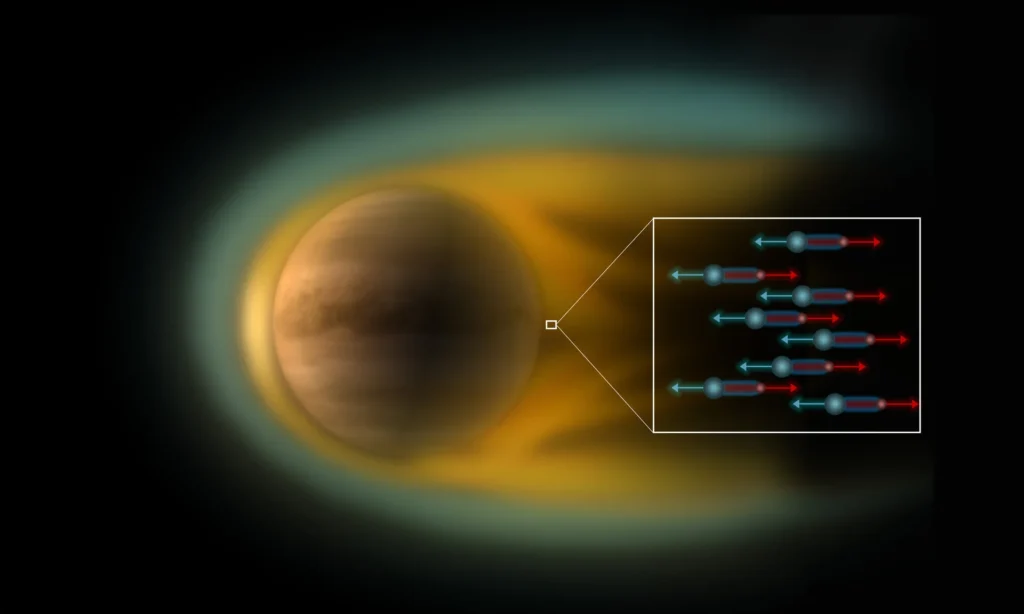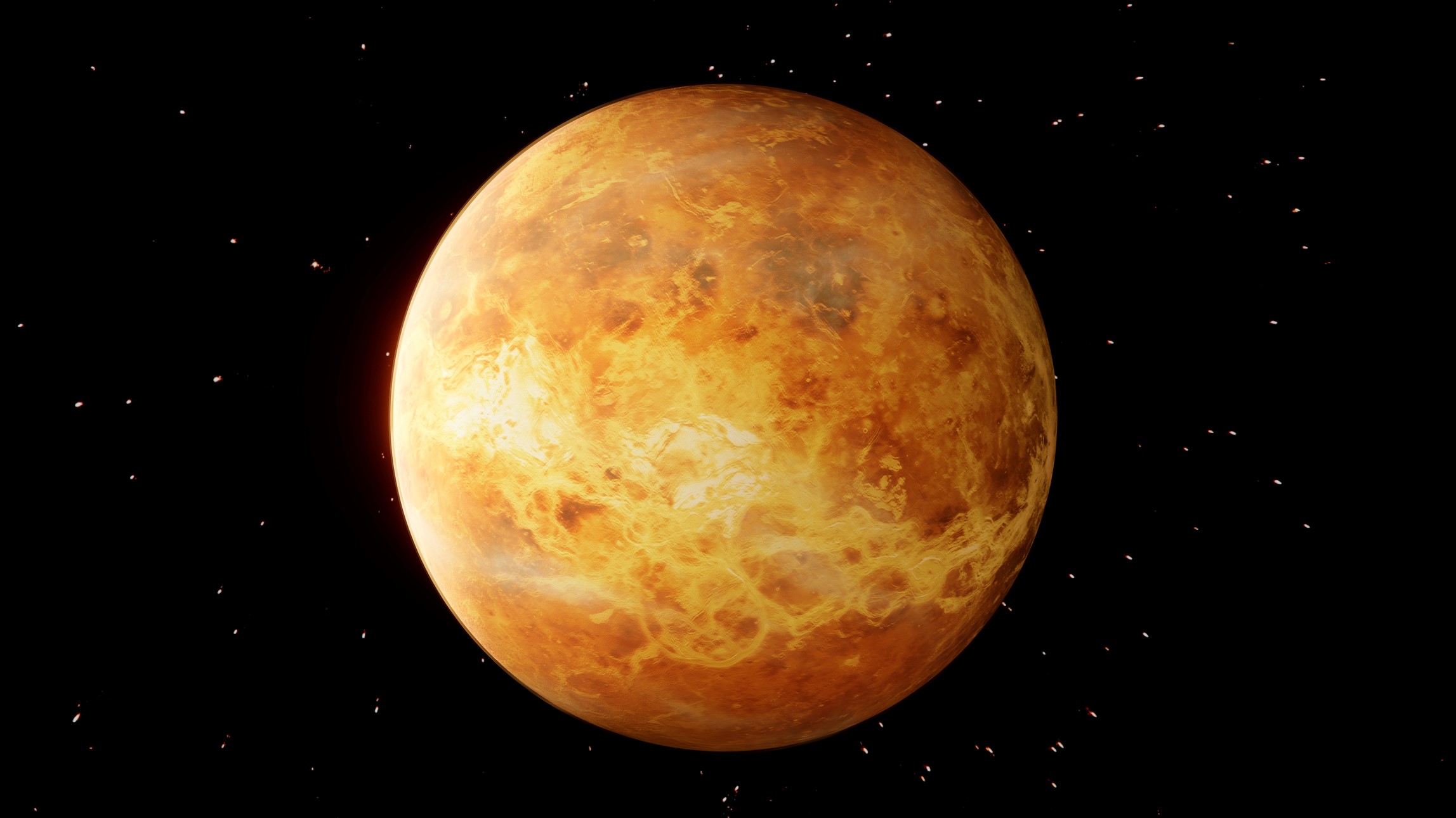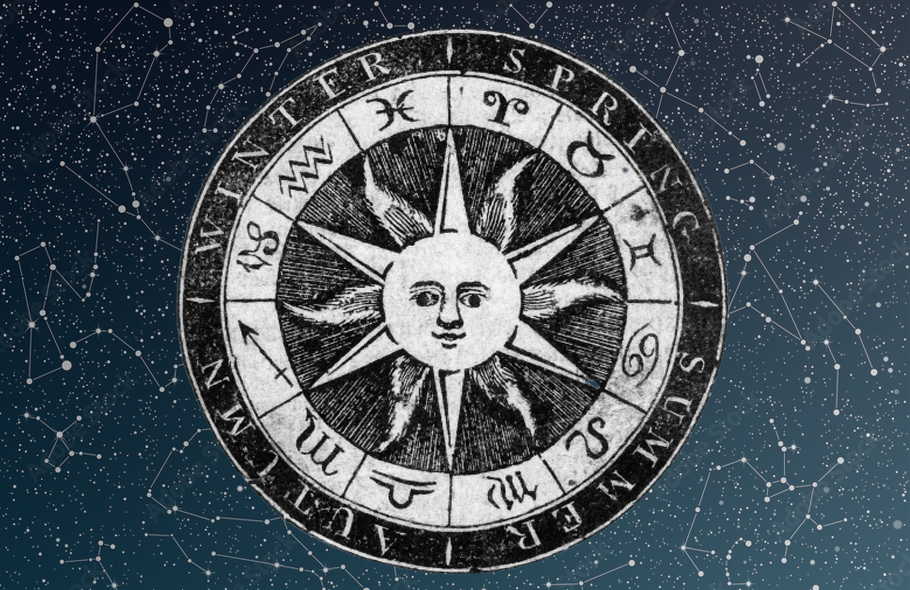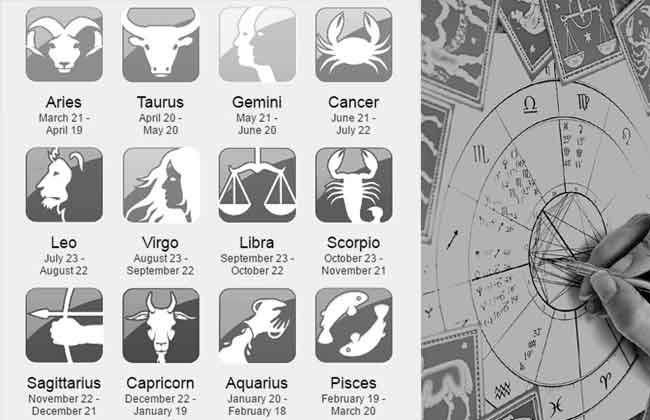Planet Venus: Venus is the second planet from the Sun and the closest planet to Earth. It is also the brightest object in the night sky after the Moon, and is often referred to as the “Morning Star” or the “Evening Star” depending on its position in relation to the Sun. In this article, we will explore the many fascinating aspects of this beautiful planet, from its formation to its current status as a hot and hostile world.
Formation and Characteristics
Venus formed around 4.6 billion years ago, along with the rest of the solar system. It is a rocky planet, similar in size and composition to Earth, with a diameter of about 12,104 km (7,521 miles) and a mass of 4.87 x 10^24 kg (0.815 Earth masses). Venus rotates slowly on its axis, taking about 243 Earth days to complete one rotation, making it the slowest rotating planet in the solar system. Its slow rotation is believed to be the result of a collision with a large object early in its history.
Atmosphere and Climate

Venus has a thick atmosphere composed mostly of carbon dioxide (CO2), with traces of nitrogen and other gases. The atmosphere is so dense that it creates a strong greenhouse effect, trapping heat and making the planet’s surface temperature extremely hot. The average temperature on the surface of Venus is around 464 degrees Celsius (867 degrees Fahrenheit), making it the hottest planet in the solar system.
The surface of Venus is shrouded in thick clouds of sulfuric acid, which reflect sunlight and give the planet its bright, white appearance. The clouds also create a perpetual overcast, obscuring the surface from view. Despite this, scientists have been able to study the planet using radar, and have discovered that the surface of Venus is covered in volcanic features, including mountains, valleys, and lava flows.
Exploration and Missions
The study of Venus has been a priority for space exploration since the 1960s. The first spacecraft to visit Venus was NASA’s Mariner 2 in 1962, which provided the first detailed measurements of the planet’s atmosphere and temperature. Since then, several other missions have been launched to study Venus, including the Soviet Venera and Vega missions, and NASA’s Pioneer Venus, Magellan, and Venus Express missions.
In 2021, NASA announced two new missions to Venus: VERITAS (Venus Emissivity, Radio Science, InSAR, Topography, and Spectroscopy), which will study the planet’s geology and topography using radar, and DAVINCI+ (Deep Atmosphere Venus Investigation of Noble gases, Chemistry, and Imaging), which will study the planet’s atmosphere and surface using a descent probe.
Possible Life on Venus?

Despite its harsh conditions, there has been speculation about the possibility of life on Venus. In September 2020, scientists announced the detection of phosphine gas in the planet’s atmosphere, which is considered a potential biosignature, or a sign of life. However, the discovery has been met with skepticism and debate among the scientific community, and further study is needed to determine the source of the gas.
Cultural Significance
Venus has been a prominent object in human culture and mythology for thousands of years. In ancient times, Venus was known as the goddess of love and beauty, and was associated with the planet’s bright and beautiful appearance in the sky. In modern times, Venus continues to inspire fascination and wonder, and has been the subject of many works of art and literature.
Venus is a fascinating planet with a rich history and a unique place in our solar system. From its formation to its current state as a hot and hostile world,
Read Also: Ancient Astrological Practices
![]()





